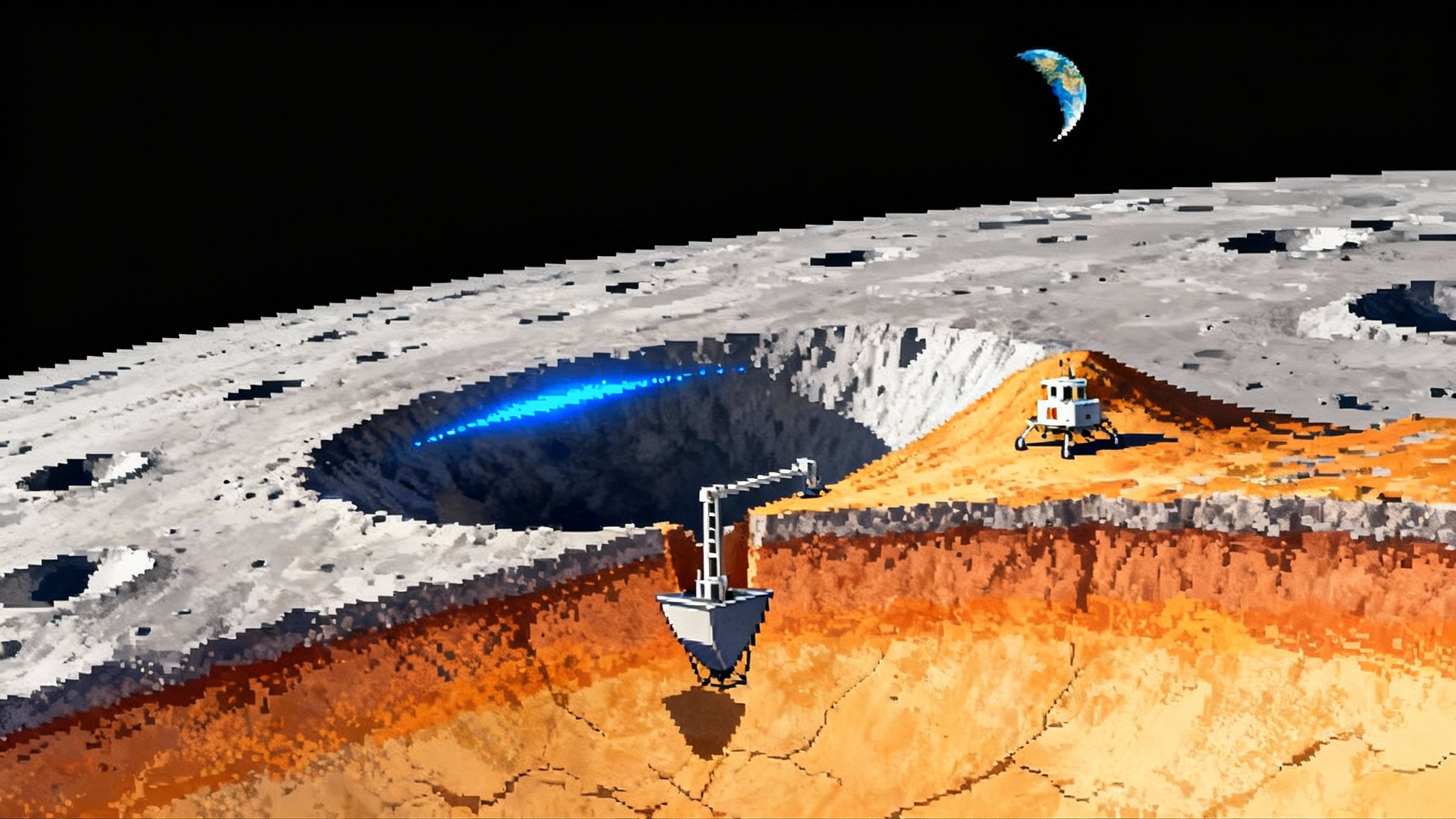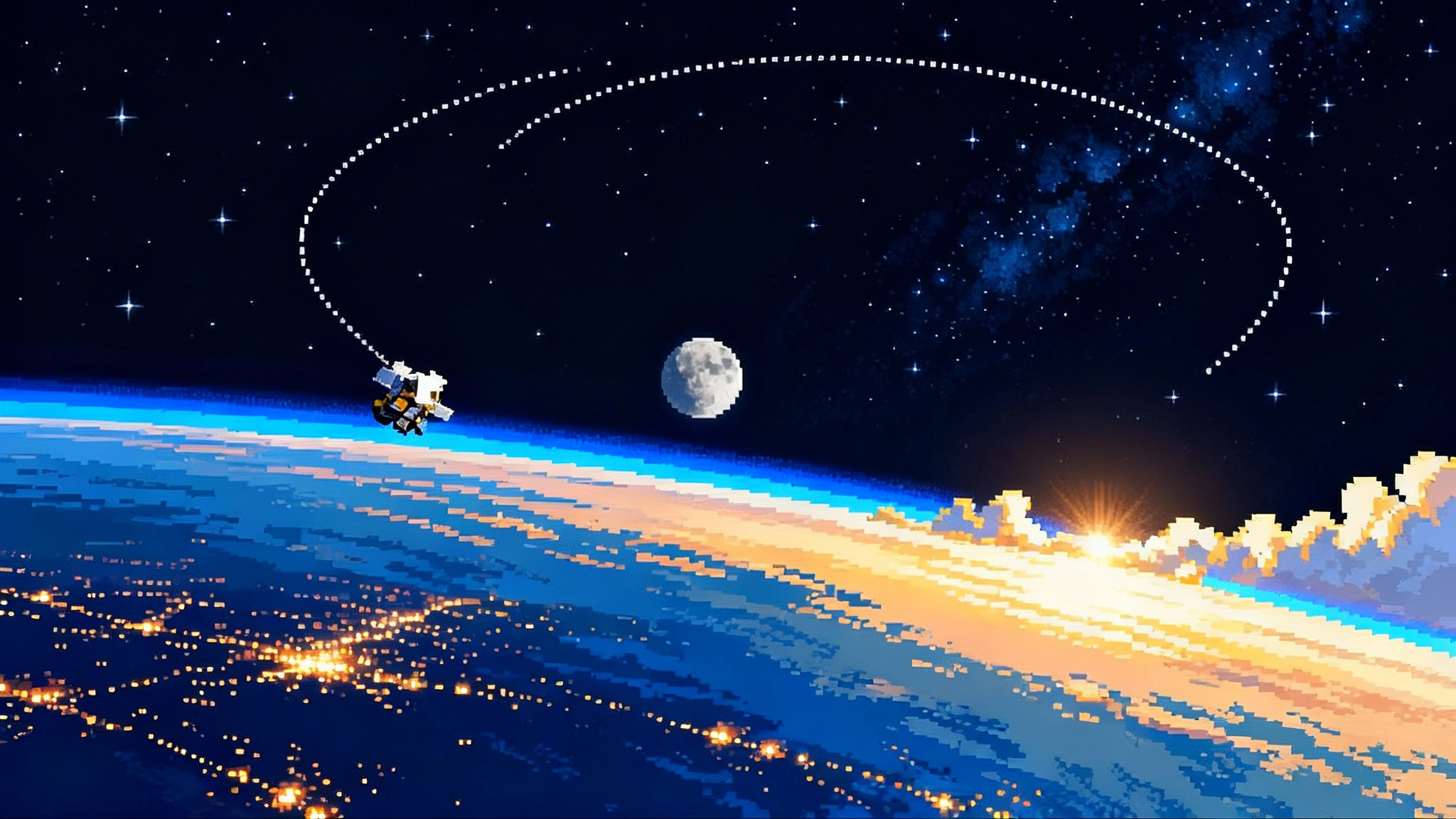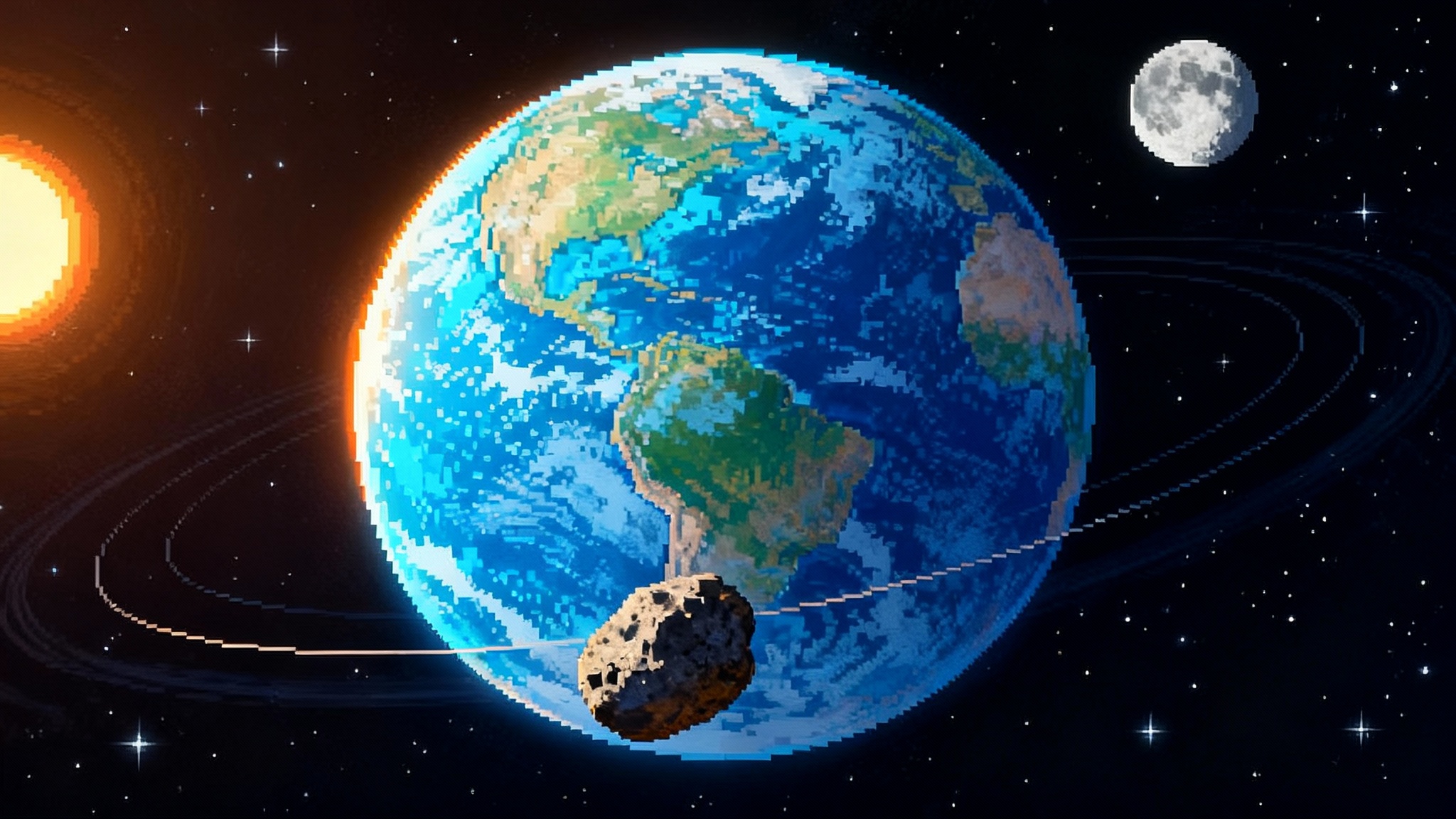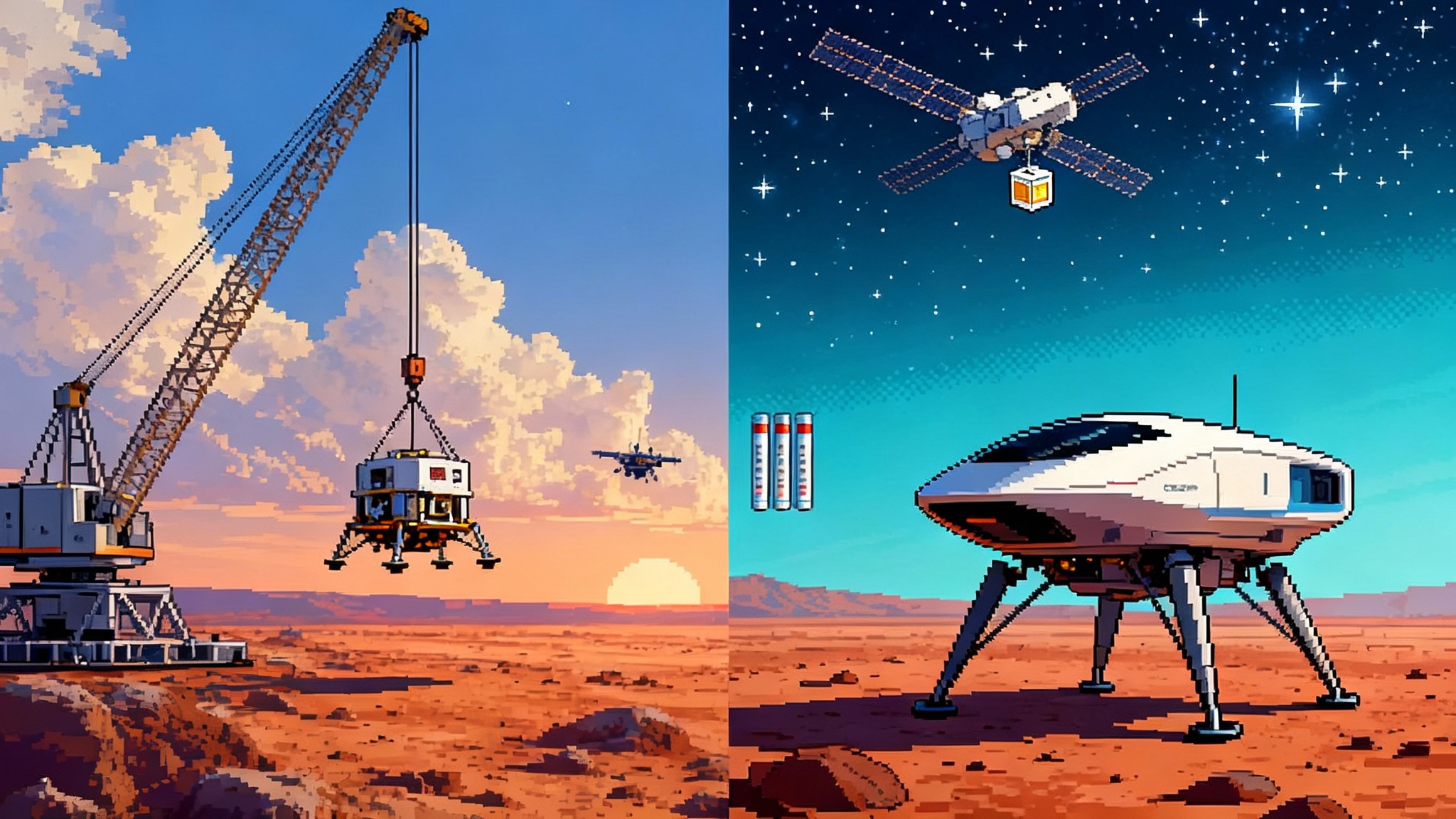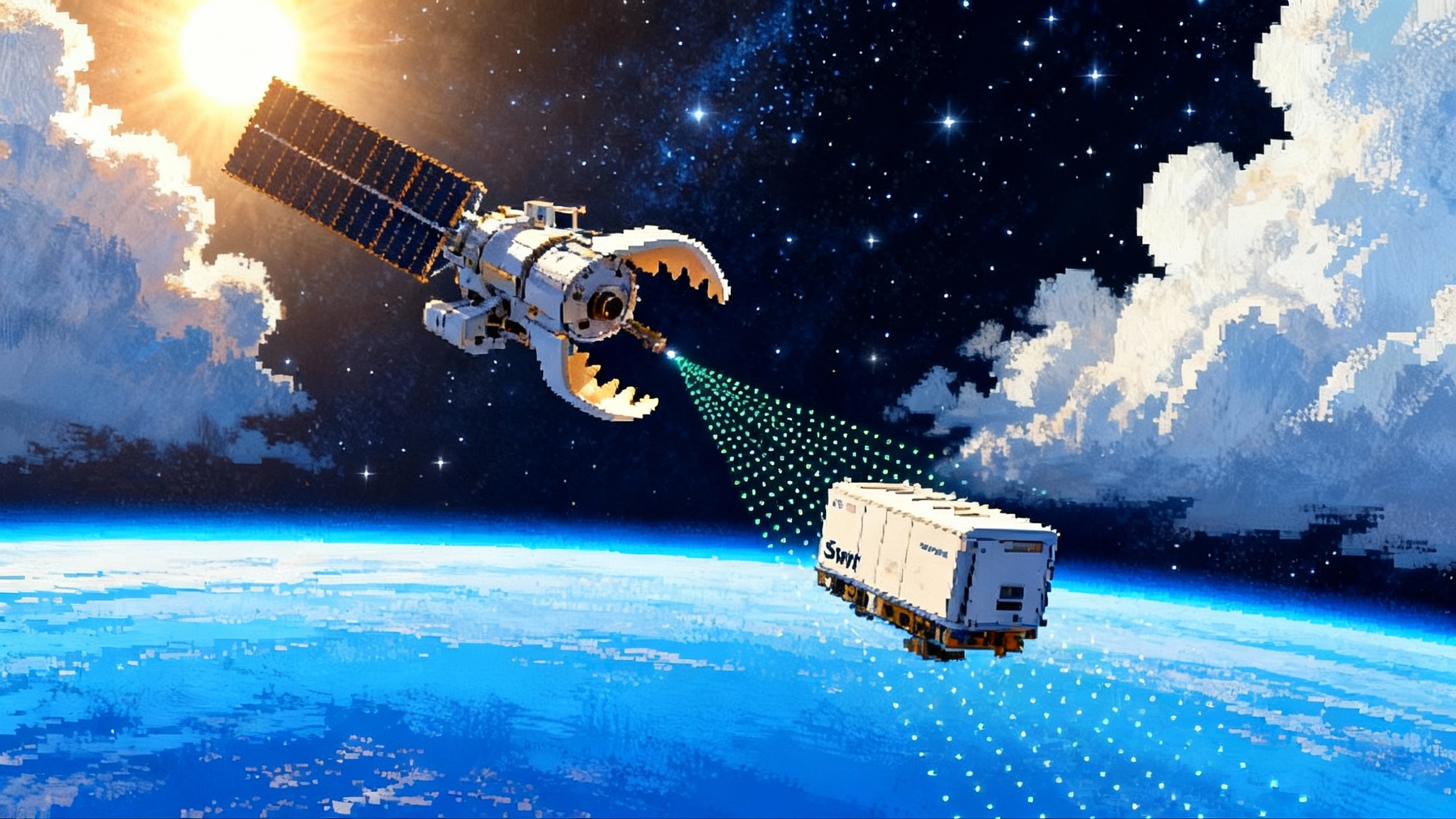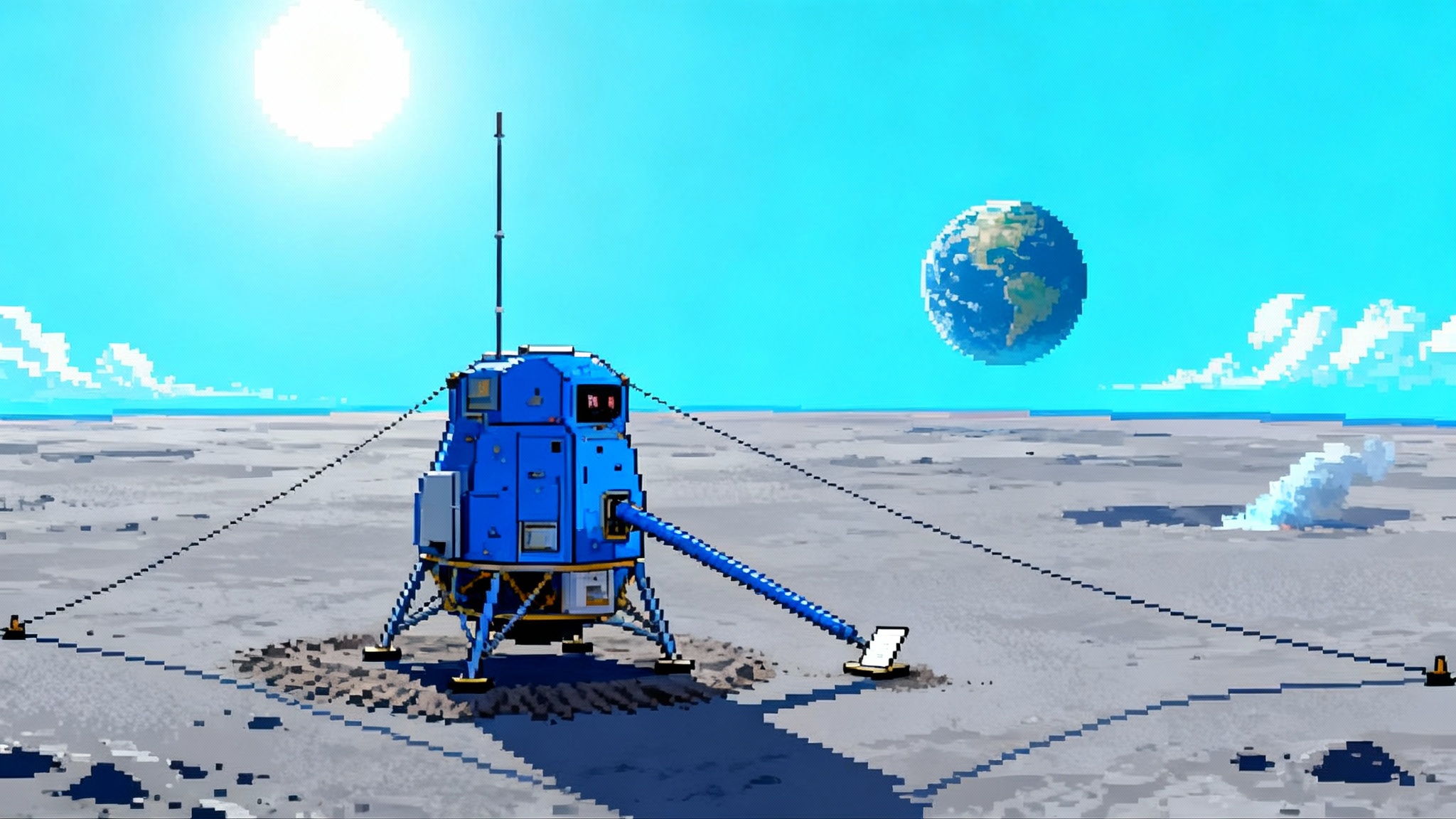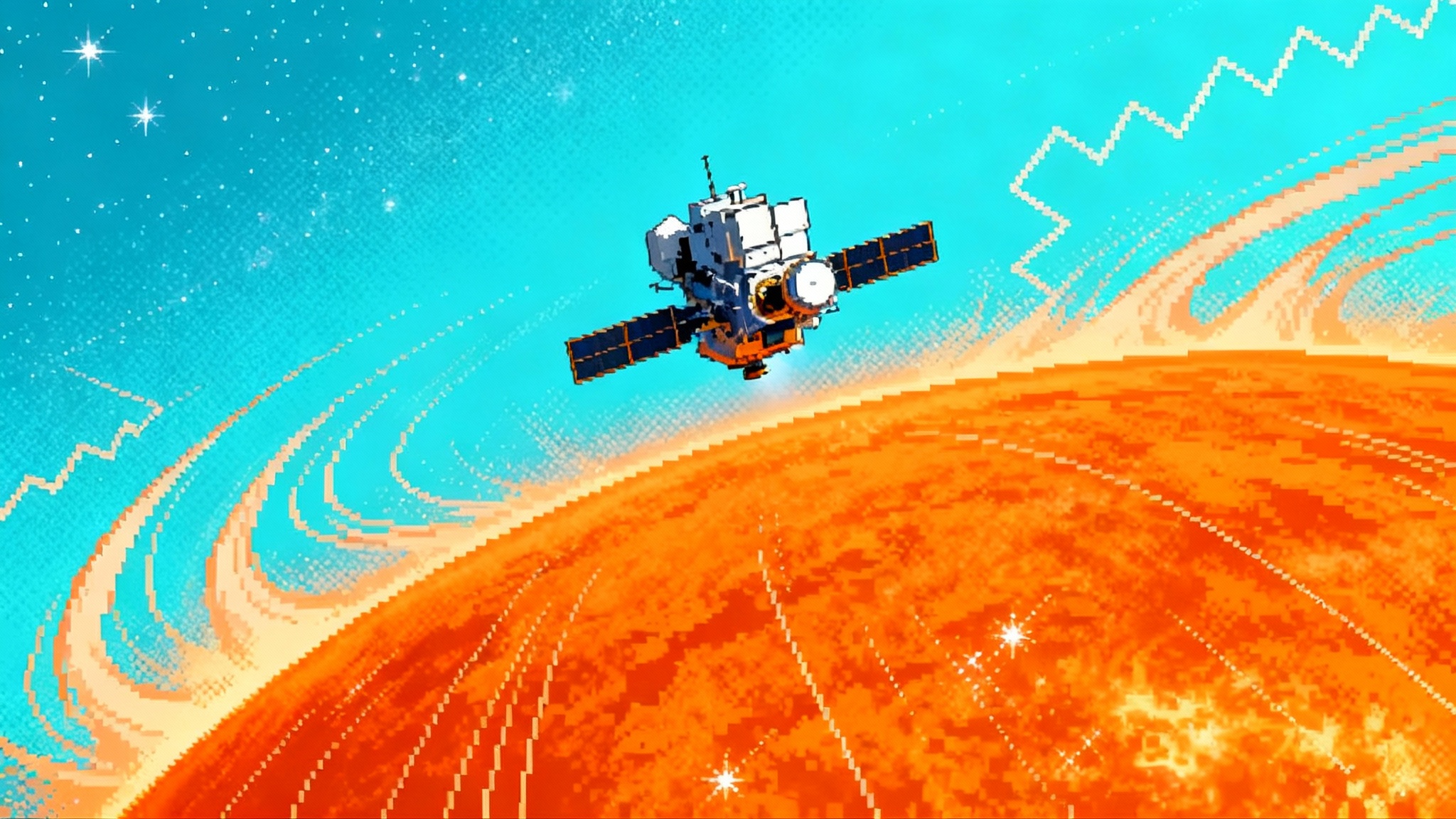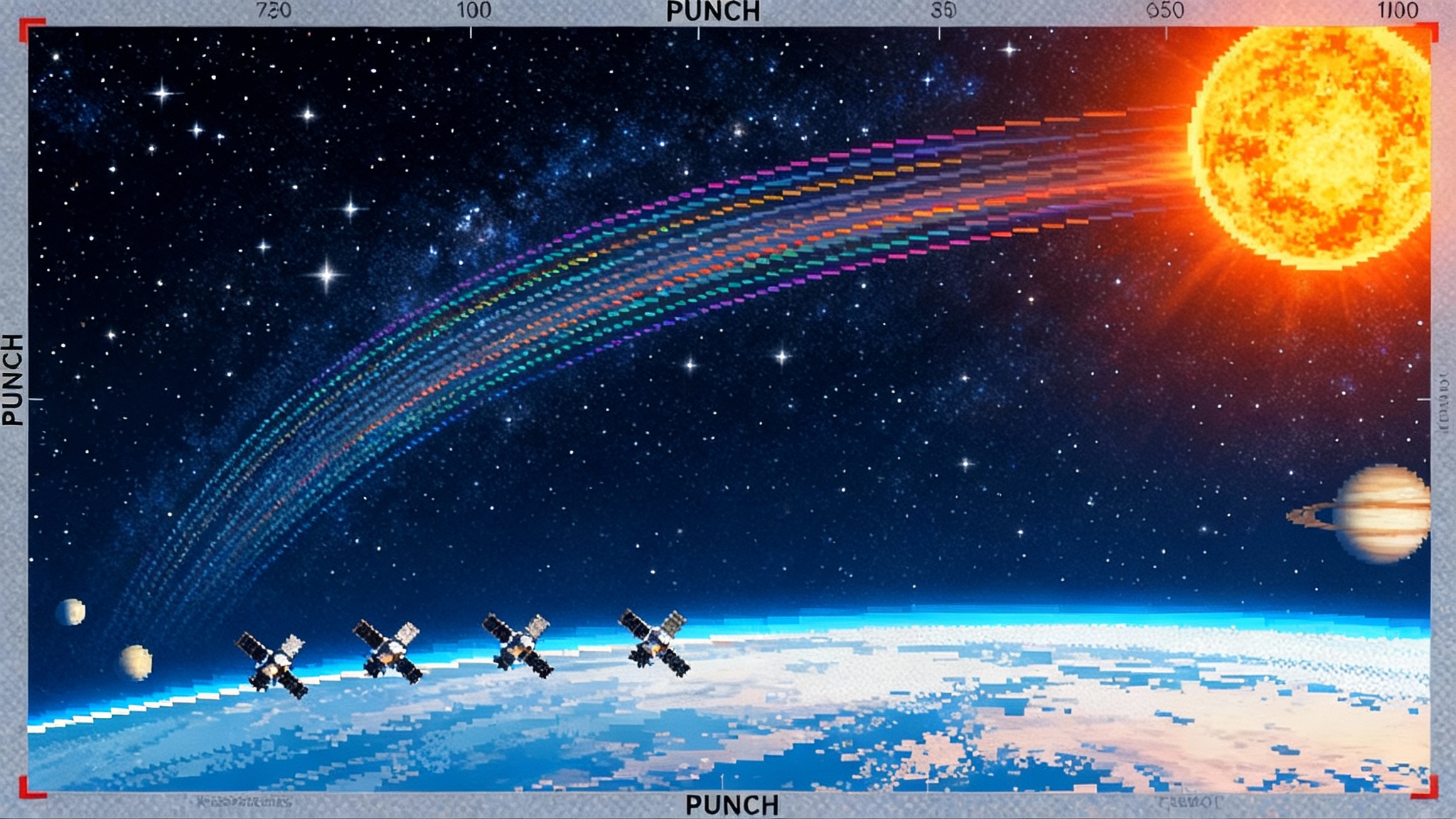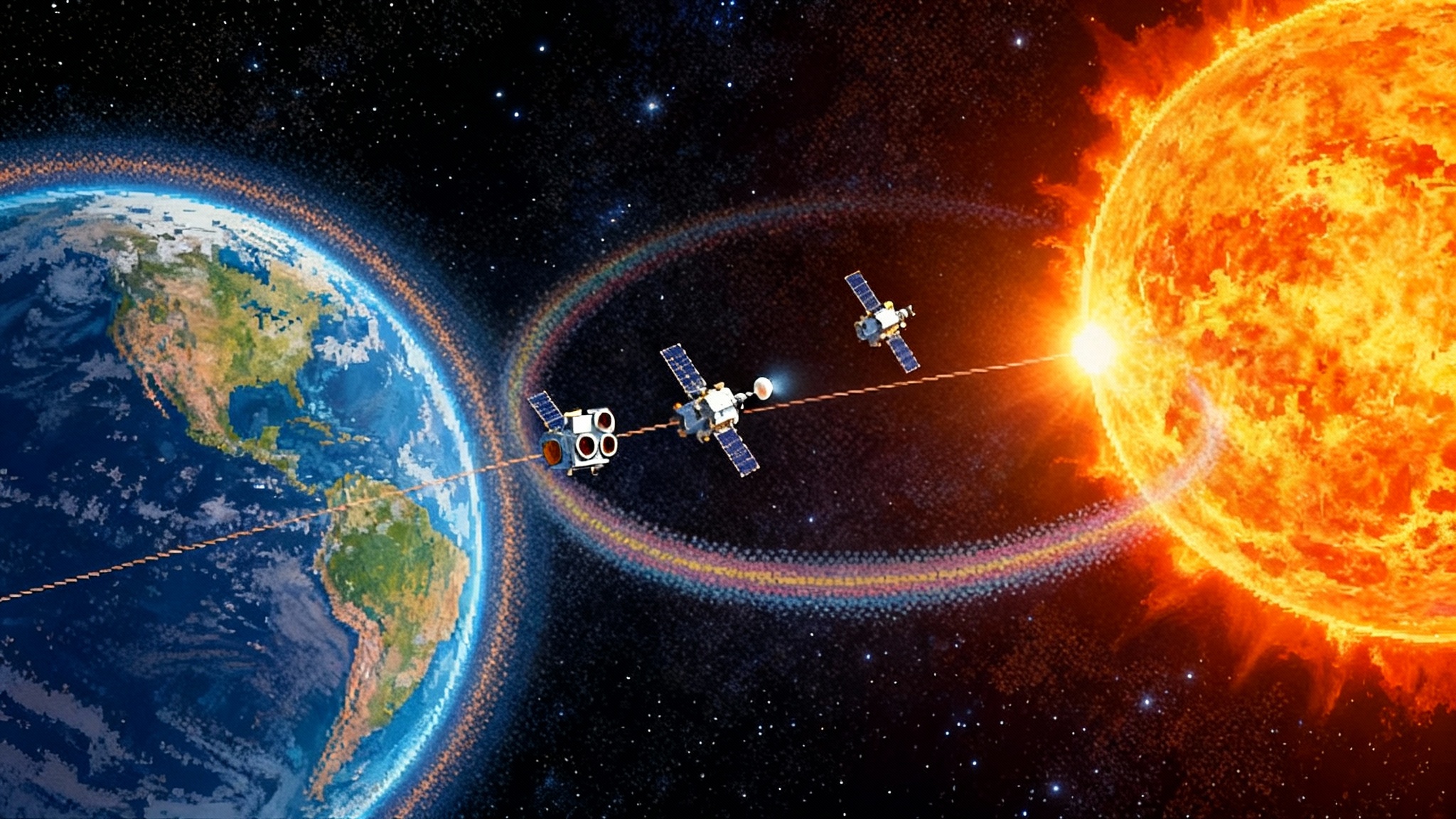JWST images Saturn-mass TWA 7 b and rewrites the playbook
On June 25, 2025, JWST’s MIRI coronagraph directly captured TWA 7 b inside its host star’s debris rings. It is Webb’s first new exoplanet found by imaging and the lightest world ever seen this way, a Saturn-mass detection that redraws the roadmap for hunting smaller planets.
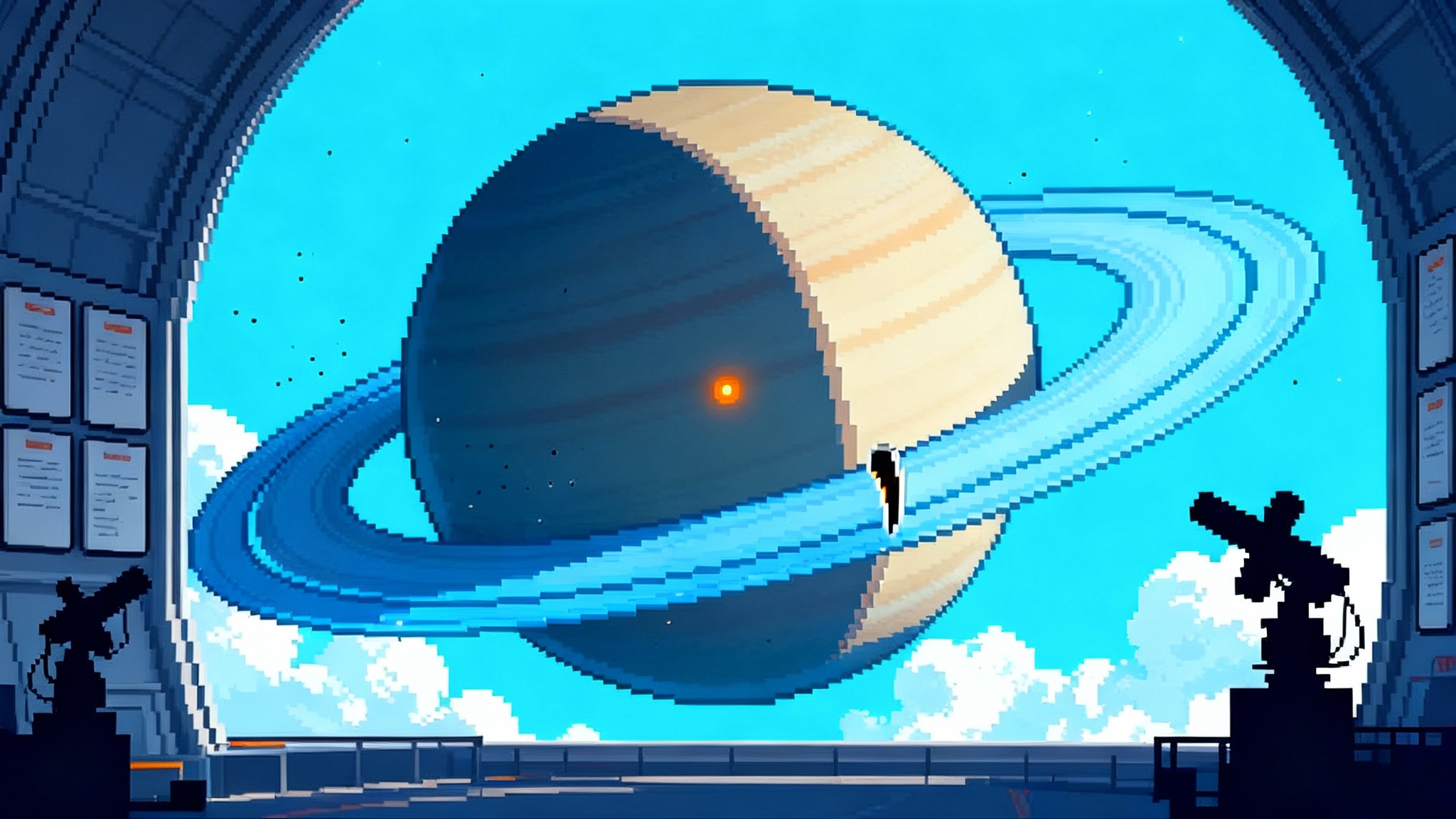
A quieter revolution in exoplanet imaging
Every so often, a field changes direction with a single, crisp observation. On June 25, 2025, a team led by Anne-Marie Lagrange reported that the James Webb Space Telescope’s Mid-Infrared Instrument used its coronagraph to directly image a new planet, TWA 7 b, nestled inside the debris rings of its young host star. The paper describes a compact source about 1.5 arcseconds from the star, consistent with a cold, Saturn-mass planet near 52 astronomical units. It is Webb’s first direct-image discovery of a previously unknown exoplanet and the lightest world ever seen by this technique. Read the peer-reviewed details in the Nature report on TWA 7 b and a concise overview in NASA’s NASA mission summary.
If you have followed direct imaging, the headline achievement is not just that Webb saw a planet. It is what kind of planet Webb saw. Before JWST, practical sensitivity floors hovered around a few Jupiter masses for young, self-luminous planets at wide separations. TWA 7 b comes in near 0.3 Jupiter masses, a clear step into the sub-Jovian regime. That jump is large enough to reset the community’s roadmap for how and where we try to image smaller worlds next.
How they did it, and why it worked
The team observed TWA 7 with JWST’s MIRI coronagraph in the F1140C filter. The coronagraph suppressed the glare from the host star so the planet’s thermal glow could leak through. Because the planet is young, it still radiates heat from formation, making the mid-infrared a sweet spot where the planet is bright and the star is muted. The detection sits where disk models predicted a planet should live to account for the observed ring architecture. A complementary SPHERE view from the Very Large Telescope sketches the blue dust rings while MIRI isolates the warm dot that betrays the planet.
Two details mattered most:
- Disk-first targeting. TWA 7’s nearly face-on disk shows multiple narrow rings with gaps, classic signatures of gravitational shepherding by unseen planets. The team looked where the disk pointed.
- Mid-IR strategy. Around 11 microns, a Saturn-mass planet only a few million years old can outshine residual starlight and scattered dust once the star is blocked and residual patterns are subtracted. These choices amplified Webb’s contrast advantage into a detection.
Lowering the mass floor for direct imaging
The history of direct imaging has been written by massive, youthful giants like HR 8799’s quartet, Beta Pictoris b, HIP 65426 b, and PDS 70 b and c. These planets taught us about atmospheres and accretion, but they also reflected the limitations of our tools. With TWA 7 b, the floor drops from a few Jupiter masses down to near Saturn. That matters because many planetary systems seem to carry much of their demographic weight between Neptune and Saturn in mass, and because achieving this sensitivity at wide separations shows that light suppression and calibration techniques have reached a regime previously left to models.
A ring-shepherd strategy is validated
For years, dynamicists have argued that narrow, symmetric debris rings and well-placed gaps imply active sculpting by planets that trap and repel planetesimals through resonances. In TWA 7, the team searched inside a ring gap at separations models said should host a sub-Jovian perturber. The payoff arrived exactly there. This validates a targeting strategy for Webb and ground-based imagers to treat ringed debris disks as treasure maps.
What this unlocks right now
- Optimized mid-IR coronagraphy. Spend more JWST time at 10 to 15 microns, where young sub-Jovians are relatively bright. Tune filters to planetary cooling curves and dust backgrounds, adopt small grid dithers to sample the PSF, and select reference stars for improved subtraction. Customize RDI and roll-subtraction to the separations where shepherds should live.
- Disk-informed search templates. Use resolved disk morphology to predict planet semimajor axes, allowed eccentricities, and resonant phase space. Model the disk first, then go directly to the predicted shepherd location with mid-IR sensitivity in hand.
- Multi-wavelength triangulation. Combine mid-IR thermal emission from MIRI with scattered-light images from SPHERE and future extreme-AO imagers. Even if near-IR contrast cannot recover a cool Saturn-mass planet, it still constrains reflected light and cloud properties once the mid-IR detection fixes the orbit.
For broader mission strategy parallels, see how a program reset can reshape outcomes in the Mars sample return reset, and how heliophysics missions like PUNCH 3D solar wind forecasts and IMAP at L1 launch impact rethink measurement playbooks.
Debris-disk dynamics gets a laboratory
Debris disks are a forensic record of late-stage planet formation. Rings and gaps can be carved by planets on nearly circular orbits through resonant shepherding. Ring width and sharpness tighten limits on planet mass and eccentricity. Offsets and clumps can betray forced eccentricities or resonant populations like the Plutinos in our Kuiper Belt. With TWA 7, we finally watch a sub-Jovian planet and its rings together. That allows a closed loop: use the imaged planet’s estimated mass and semimajor axis to simulate planetesimal dynamics and predict ring properties, then test those against the actual disk. The fact that the planet’s position matches the location required by the ring morphology boosts confidence that we are reading the right physics from these delicate structures.
Expect a wave of modeling papers to exploit this synergy. Over time, as astrometry pins down the orbit, the allowed range of resonant configurations will narrow. Are the rings aligned with the planet’s pericenter direction, or do they show offsets that hint at additional bodies? Does the ring width prefer a slightly higher or lower mass than mid-IR photometry alone? Such cross checks will turn a single dot into a dynamical portrait.
The coordinated follow-ups that matter
- ALMA. Millimeter-wave continuum imaging will map the largest grains that trace parent planetesimals. Resolved ring width, vertical thickness, and eccentricity will sharpen the allowed planet mass and damping history. Spectral index maps across the rings can reveal collisional cascades and grain growth regimes. If any residual gas remains, CO lines can test gas-drag effects on dust trapping.
- VLT/SPHERE and ERIS. Even if near-IR contrast cannot recover the planet immediately, updated scattered-light images will refine the ring geometry and search for azimuthal structure that resonates with the planet’s mean motion. SPHERE can supply multi-epoch disk mapping needed to test for slow pattern speeds.
- ELT era. The Extremely Large Telescope’s METIS in the mid-IR and HARMONI in the near-IR will bring more collecting area and higher Strehl. That combination will push toward cooler and smaller planets at similar separations, potentially reaching Neptune-mass analogs in the youngest, closest disks where thermal emission remains favorable.
- JWST cadence. Repeat MIRI visits will test common speckles against genuine point sources, refine photometry, and begin to measure orbital motion. Small arc changes over a few years at 50 AU are modest but detectable with Webb’s stable PSF and accurate plate scale.
- Roman’s coronagraph. NASA’s Nancy Grace Roman Space Telescope will flight-test space coronagraphy in reflected light. Roman will not target super-Earths, but its wavefront control and dark-hole algorithms will mature the playbook for a future life-finder. Pairing Roman’s reflected-light limits with Webb’s thermal detections in disks like TWA 7 will yield joint constraints on albedo, cloudiness, and atmospheric chemistry for sub-Jovians.
Pushing toward sub-Neptunes and super-Earths
The immediate question is how far this approach can go. A few guideposts set expectations:
- Young planets are brighter. Thermal self-luminosity fades quickly as planets cool. Target very young associations where a sub-Neptune could still register at 10 to 15 microns if the disk geometry and separation cooperate.
- Rings point the way. Narrow rings with clean gaps maximize the odds that a single shepherd dominates the local dynamics. If models call for a 10 to 30 Earth-mass body at 30 to 60 AU, tune mid-IR coronagraphy to that separation and brightness. Face-on disks reduce projection effects and deliver cleaner ring profiles.
- Wavelength matters. The mid-IR buys planet-to-star contrast for cool bodies. The near-IR buys angular resolution and access to methane and water features. Coordinated programs that chase the same system in both regimes offer better odds of bracketing a sub-Neptune’s energy budget, even if only one band yields a detection.
- Stability and calibration win. TWA 7 b did not appear because JWST got lucky. It appeared because the instrument is stable, the coronagraph masks are well characterized, and the team executed precise subtraction of residual starlight.
Could Webb see a super-Earth by direct imaging in the mid-IR? Around a bright, dusty young star at 50 AU, probably not, unless that super-Earth is unusually warm and the dust background unusually benign. But sub-Neptunes in the youngest, closest, pole-on disks may be within reach as calibration libraries grow and target lists focus on the most promising ring-shepherd candidates.
Why this milestone matters for life-detection roadmaps
Life detection requires two things in tandem: instruments that can isolate tiny planetary signals and playbooks that tell us where those signals are most likely to be found. TWA 7 b advances both. It demonstrates in flight that a space-based coronagraph can suppress starlight, discriminate against disk structure, and lift a cold, low-mass planet above the noise. It also demonstrates that disk morphology is not just pretty. It is predictive.
For Roman, the on-sky value of ultra-stable wavefront control, dark-hole maintenance, and rapid calibration is already clear. For the Habitable Worlds Observatory, target vetting should incorporate debris-disk maps and dust budgets early, because exozodiacal light is the enemy of Earth-twin detection. It also means exoplanet demographics below Saturn matter for mission-yield forecasts.
Finally, TWA 7 reframes what confirmation looks like. Rather than relying on a single technique, teams can combine mid-IR thermal detections, scattered-light ring geometry, millimeter continuum structure, and eventually precise astrometry to build a converging case. That multifaceted approach will be essential when the quarry is a dim super-Earth near the contrast floor of a flagship coronagraph.
The new roadmap, in one line
Point mid-IR coronagraphs at face-on debris disks with narrow rings, and let the rings tell you where to look. TWA 7 b shows that this is not just clever. It works. The path from Saturn-mass worlds to sub-Neptunes is now visible.
